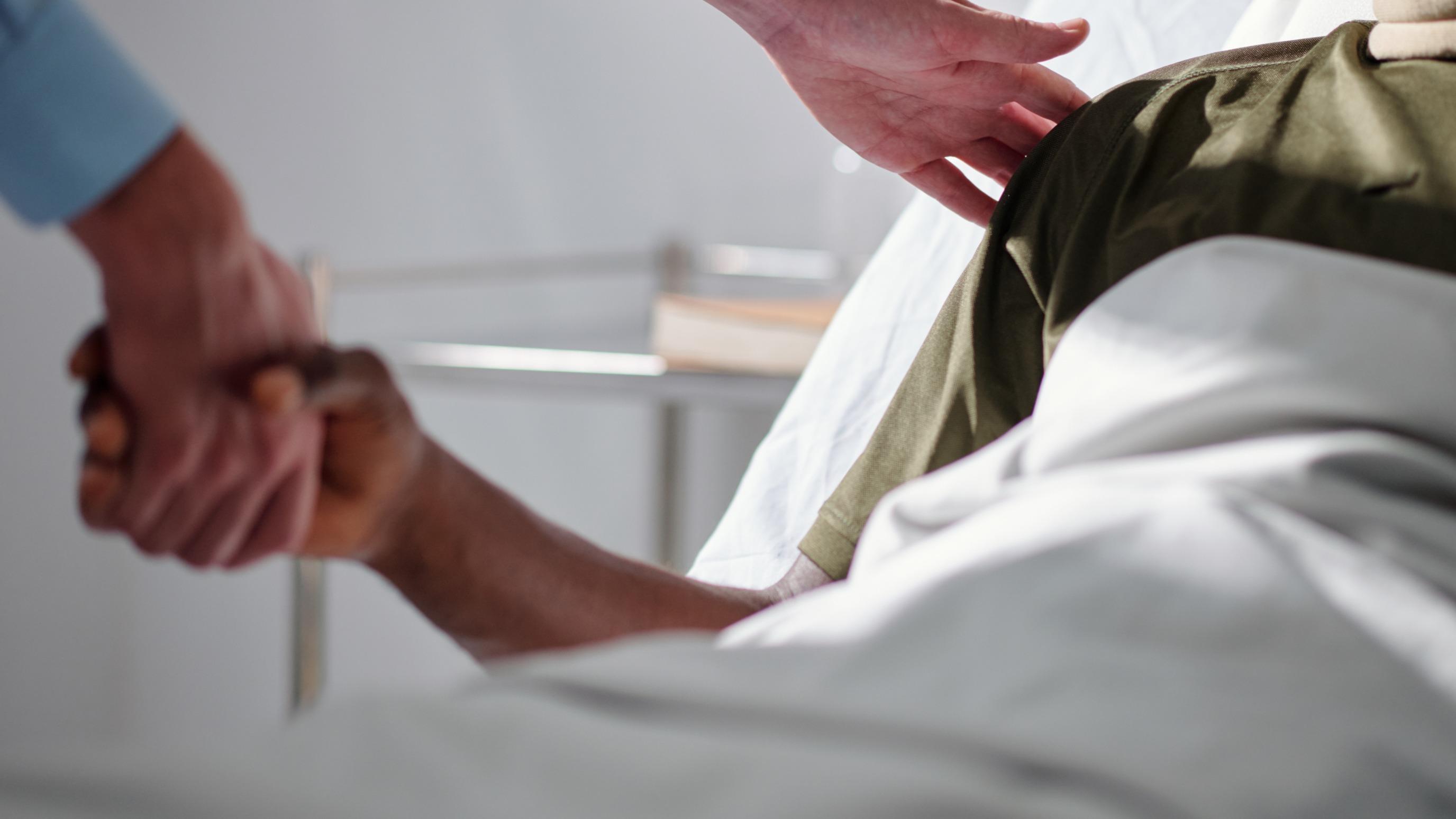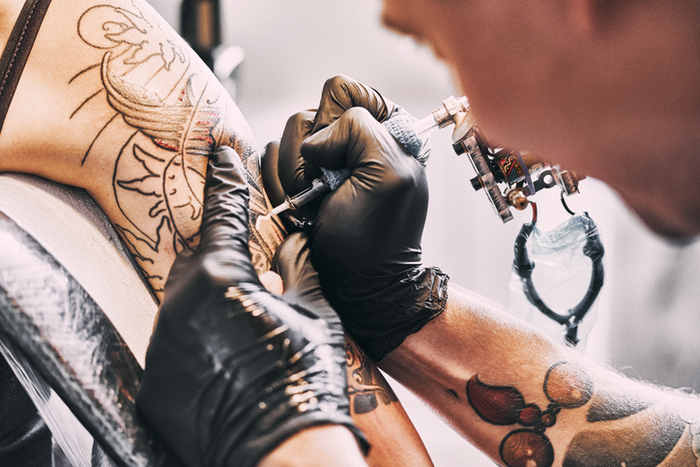One in 18 hospitalized patients is affected by at least one nosocomial infection (contracted in the health facility), according to a national survey conducted every five years, which shows that this proportion has increased since 2017, especially if we include nosocomial Covid.
The proportion of infected patients increased significantly between 2017 and 2022 (+14.7%), after stagnating from 2012 to 2017 and falling steadily between 2001 and 2012, according to this Public Health survey France published Friday and conducted, on a given day, among 1155 health facilities (more than 150,000 patients included) every five years.
Increased risks of "infectious complication"
The Covid epidemic has clearly weighed: "Nosocomial SARS-CoV-2 (Covid-19) infections accounted for half of this increase," Public Health France said in a statement. If we exclude these nosocomial Covid, the proportion of infected patients in 2022 remains up (+7.5%) but "not significantly" compared to the 2017 trend.
The agency points out in particular that "patients hospitalized in 2022 had increased risks of infectious complications", compared to 2017, due to more vulnerable profiles or the use of invasive care devices. Overall, nosocomial infections are still more common in intensive care units (nearly one in four infected patients), which treat patients who are more vulnerable and exposed to invasive devices (catheter, respiratory support, urinary catheter) increasing the risks.
" READ ALSO - A teenager with "very degraded" health, a mother who cries injustice: the shadow parts of the case that shakes Rennes
Four bacteria are responsible for nearly half of hospital-acquired infections, including Escherichia coli and Staphylococcus aureus, as in 2017. Another takeaway from the survey: about one in six hospitalized patients receive antibiotic treatment, a proportion up 7.5% compared to 2017.
«
These results encourage the continuation of actions to prevent healthcare-associated infections by targeting them on the most frequent infections (urinary tract infections, pneumonia, surgical site infections, bacteremia), as well as to strengthen actions for the proper use of antibiotics, "according to the health agency. Health authorities estimate that some 4200 deaths are linked to nosocomial infections each year.






